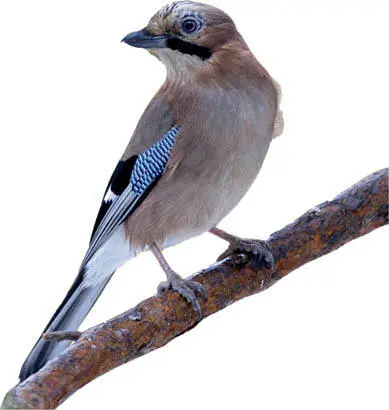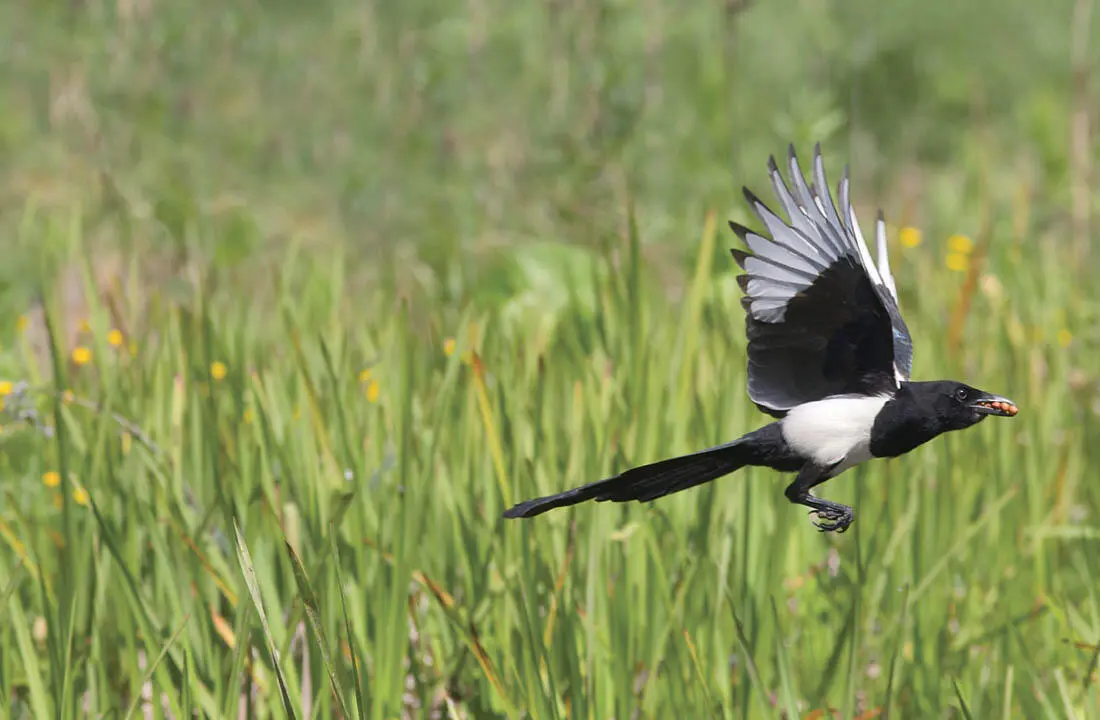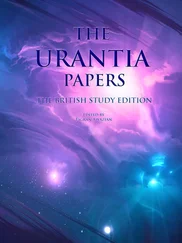What is important to realise is that the population of any predator goes up and down depending on the availability of its prey, and not the other way around. Magpies are in no way responsible for the declines of some of our songbird species. Indeed, most garden birds are actually on the increase. It is birds of the wider countryside that are in decline. So why not take a closer look at a magpie, forget any prejudices you might have, and just appreciate what a truly beautiful creature it is? Superficially ‘black and white’, the magpie’s plumage is in fact a subtle mixture of deep greens and blues, and the iridescent feathers are set off by those patches of brilliant white. Magpies are also fascinating to watch, especially early in the year when they collect twigs with which to make their untidy and often obvious nest in the fork of a bare tree. And try to recall that childhood rhyme, ‘One for sorrow, two for joy…’, which was borrowed by the makers of the celebrated children’s TV series Magpie , and which has been sung by generations of British children.
Jays are even more beautiful than their black and white cousins, but, being much shyer birds, they are not quite as familiar. One Victorian birdwatcher and writer described the jay as ‘Britain’s bird-of-paradise’, and Bill Oddie always claims that if someone says they have seen a really unusual bird in their garden, nine times out of ten it is a jay. That pinkish-brown plumage, set off with black and white and a small patch of blue on the wings, those black markings on the side of the face, and the jaunty crest, make the jay one of our most attractive garden birds. However, it must be said that it has the same habit of taking eggs and chicks of songbirds as the magpie, but as it is a lot subtler about doing so, we don’t usually see it happening.
Jays are originally woodland birds but have learned to thrive in our towns and cities, especially those with large, mature trees where the birds can make their nests. Numbers are boosted every autumn with invading jays from continental Europe, which in some ‘invasion years’ may arrive in huge, noisy flocks. Listen out for the jay’s ‘tearing muslin’ call as it competes with the machine-gun rattle of the magpie – the winter soundtrack in our gardens and suburbs.

©Malcolm Schuyl/FLPA
Seen well, the jay is one of our most handsome and colourful birds.

©Erica Olsen/FLPA
Magpies are opportunistic feeders, seeking out food wherever they go.
Конец ознакомительного фрагмента.
Текст предоставлен ООО «ЛитРес».
Прочитайте эту книгу целиком, купив полную легальную версию на ЛитРес.
Безопасно оплатить книгу можно банковской картой Visa, MasterCard, Maestro, со счета мобильного телефона, с платежного терминала, в салоне МТС или Связной, через PayPal, WebMoney, Яндекс.Деньги, QIWI Кошелек, бонусными картами или другим удобным Вам способом.














